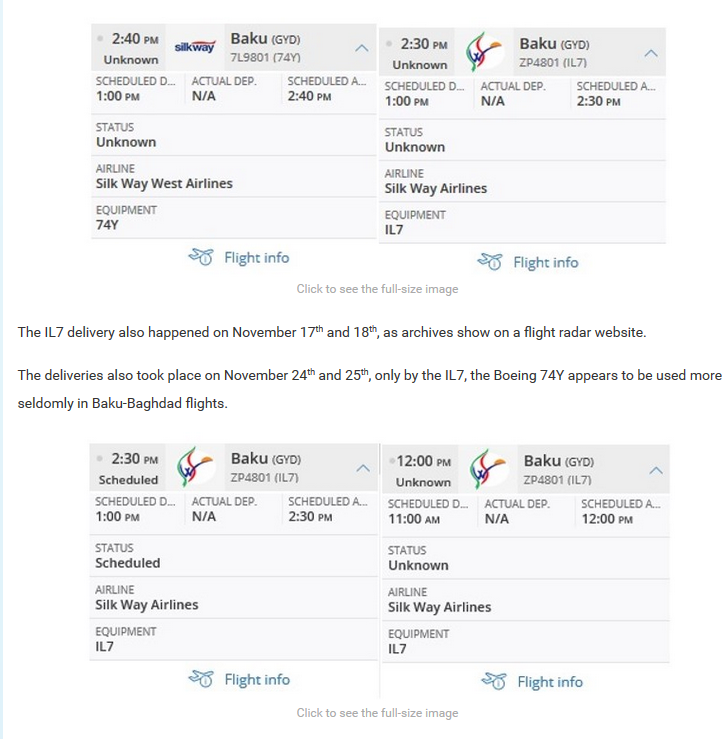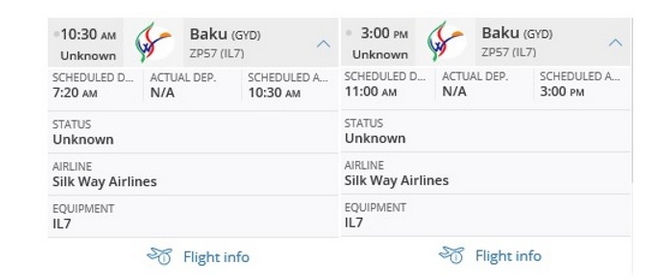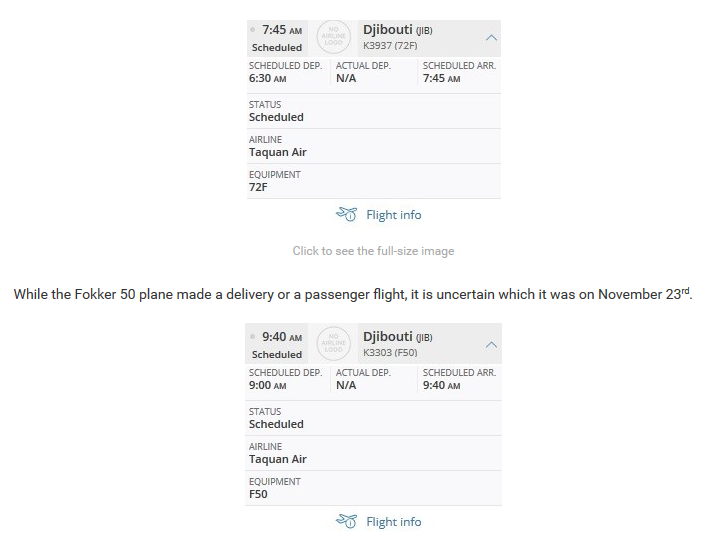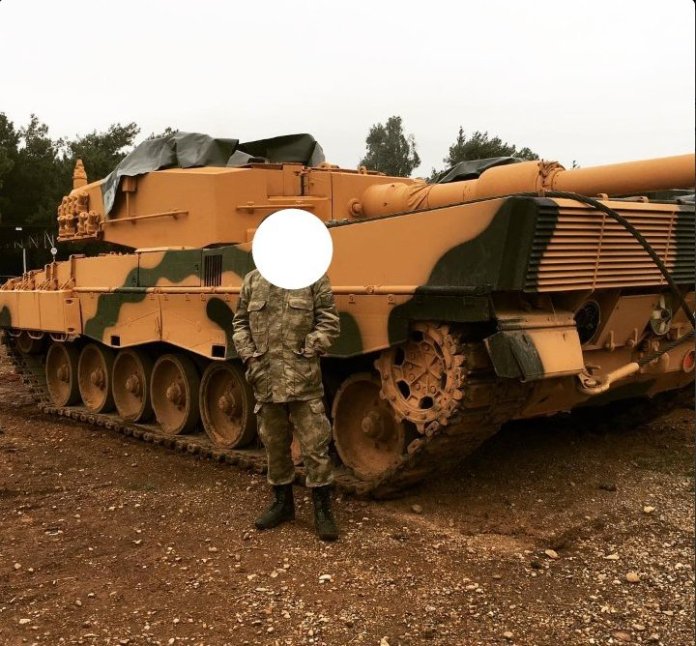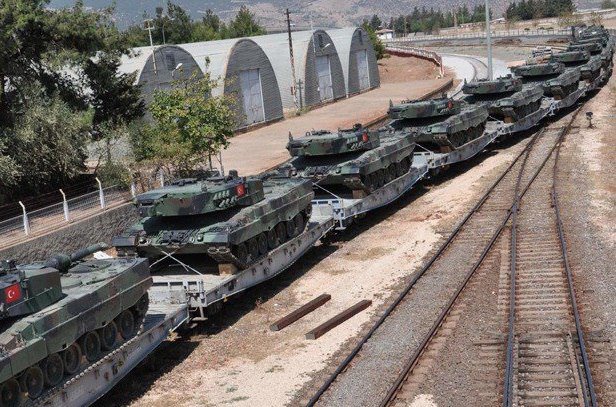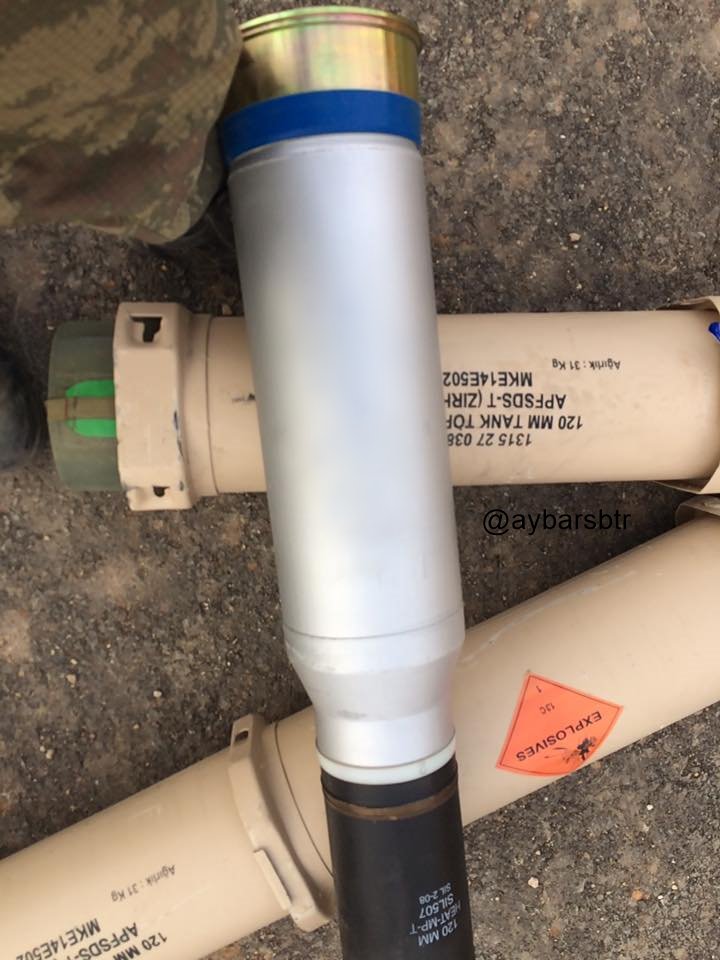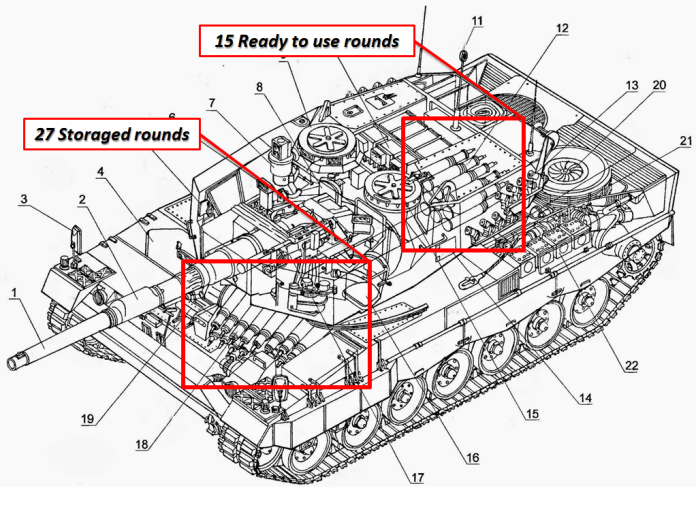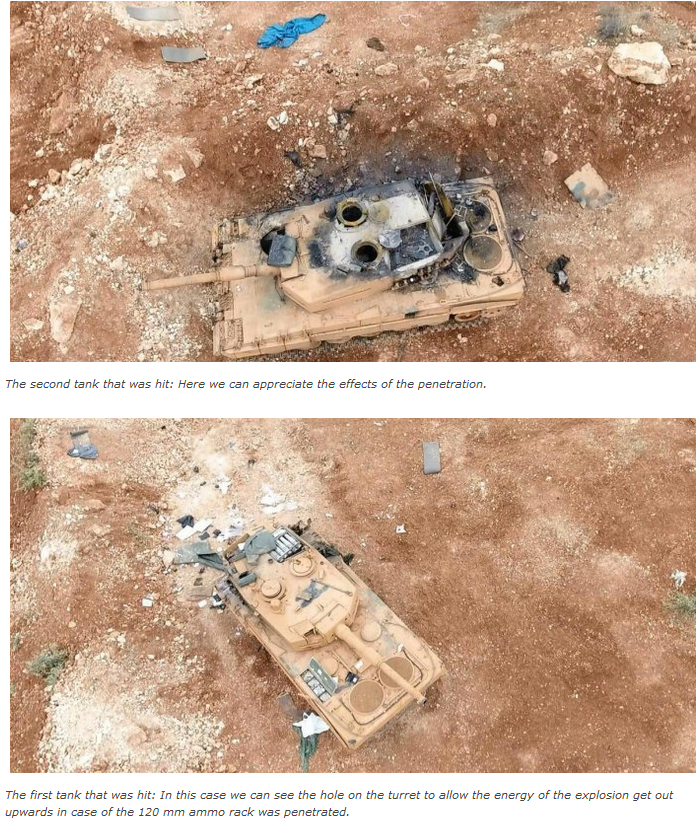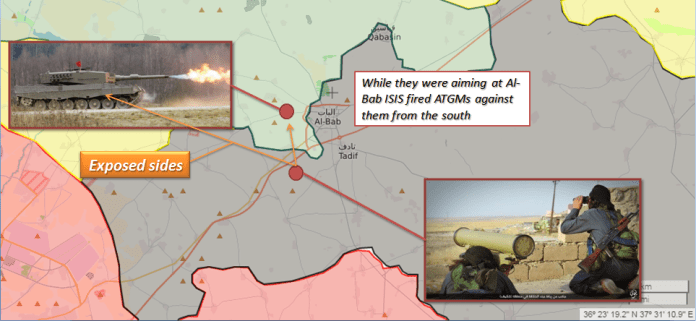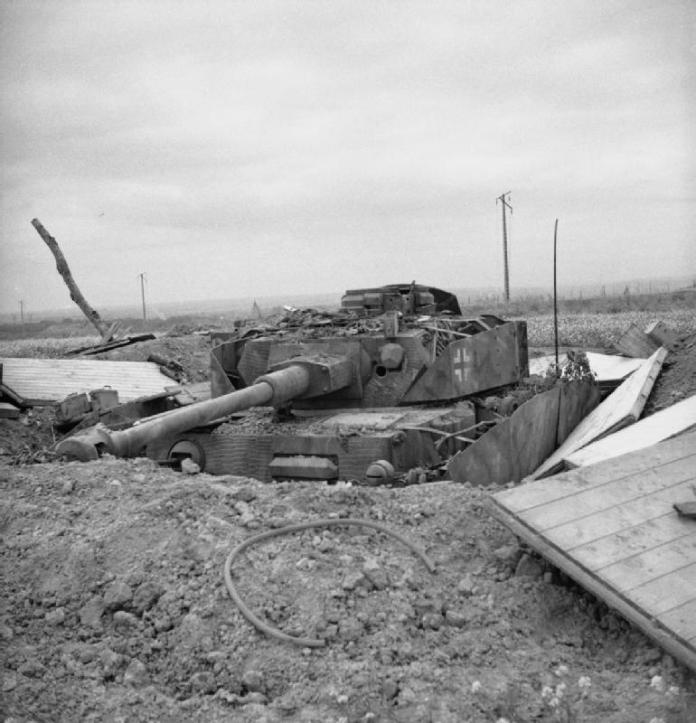angelburst29
The Living Force
Foreign Ministry: This terrorist act comes as result of facilitations provided by some countries to deliver chemicals to armed terrorist groups to use them against Syrian people and to accuse Syrian Government of that through plays previously plotted by intelligences of states backing terrorism
Breaking News: 25 November - Foreign Ministry: This terrorist act comes as result of facilitations provided by some countries to deliver chemicals to armed terrorist groups to use them against Syrian people and to accuse Syrian Government of that through plays previously plotted by intelligences of states backing terrorism.
Foreign and Expatriates Ministry sends two letters to UN Secretary General and Security Council’s President on the terrorist attack with toxic gases on neighborhoods in Aleppo City
25 November، 2018 - Foreign and Expatriates Ministry sends two letters to UN Secretary General and Security Council’s President on the terrorist attack with toxic gases on neighborhoods in Aleppo City.
Foreign Ministry: Syrian Arab Republic’s Government demands the Security Council to immediately and strongly condemn these terrorist crimes and to shoulder its responsibilities in preserving international peace and security through taking immediate deterrent and punitive measures against states and regimes backing terrorism
25 November، 2018 - Foreign Ministry: Syrian Arab Republic’s Government demands the Security Council to immediately and strongly condemn these terrorist crimes and to shoulder its responsibilities in preserving international peace and security through taking immediate deterrent and punitive measures against states and regimes backing terrorism.
Shamanov: OPCW should send mission to Aleppo after being targeted with chlorine by terrorists
25 November، 2018 - Shamanov: OPCW should send mission to Aleppo after being targeted with chlorine by terrorists
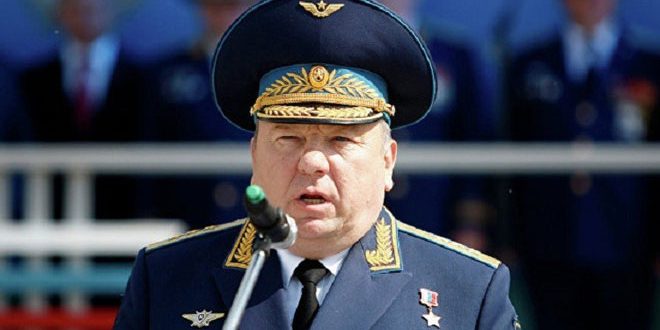
Moscow, SANA- Head of the Defense Committee at Duma Council Gen. Vladimir Shamanov said that the terrorist attack on Aleppo City with shells containing chlorine “should become the focus of attention by the international organizations, on top the Organization for Prohibition of Chemical Weapons (OPCW).”
“The OPCW should express a direct response to these events in Aleppo and shouldn’t be preoccupied with directing plays for the (White Helmets)…and they should immediately head for the site of these events, but it seems that they don’t do that,” Shamanov added.
The Russian Parliamentarian noted that the absence of a reaction by the OPCW towards this attack represents a “farcical and clear play for all which proves the bias of the international organizations which don’t implement their official duties, but they work according to political approaches, and this is what they shouldn’t do.”
He affirmed that not prosecuting the offenders increases the violations of law.
107 civilians suffer asphyxiation due to terrorist attack with toxic gases on Aleppo residential neighborhoods
25 November، 2018 - 107 civilians suffer asphyxiation due to terrorist attack with toxic gases on Aleppo residential neighborhoods.
Aleppo, SANA- Terrorist organizations positioned in Aleppo countryside fired shells containing toxic gases on the neighborhoods of al-Khalidyia, al-Neel Street and Jam’ayat al-Zahra in Aleppo City.
Chief of Aleppo Police Major General Issam al-Shilli said in a statement that terrorist groups on Saturday evening targeted residential neighborhoods in Aleppo City with explosive rocket shells that contain toxic gases.
Al-Shilli added that many cases of asphyxiation were reported among civilians who were transported to al-Razi Hospital and the University Hospital to provide the required treatment to them due to the corrosive substances which they smelt, indicating that the medical teams are following up the required measures to treat them.
Inspecting the process of providing treatment for the victims, Aleppo Governor Hussein Diab said that this attack reaffirms that the terrorist organizations possess toxic gases.
Diab called upon the international community to shoulder its responsibilities towards the civilians, particularly the children, the elderly and women.
For his part, Director of Aleppo Health Directorate Ziad Haj Taha said that 50 civilians including children and women suffered from asphyxiation due to the terrorist attack with shells that contain toxic gases on residential neighborhoods in Aleppo City.
He indicated that the number of civilian casualties in the attack is not final and it is expected to rise, adding that the gas used by terrorists is more likely to be the chlorine gas due to the symptoms shown by the hospitalized civilians.
Later, medical sources at al-Razi Hospital and the University Hospital said that 107 civilians were admitted to them as they were suffering from asphyxiation cases of various degrees ranging from light to medium and some of them were admitted to the intensive care units.
SANA reporter said that army units operating in Aleppo retaliated through targeting the areas from which the shells were fired, inflicting heavy losses upon the terrorists.
This attack on residential neighborhoods with shells containing toxic gases comes few days after local sources revealed that French terrorists arrived in Idleb through the borders with Turkey to supply missiles with toxic gases with the aim of using them inside the Syrian territories.
Syrianarabnewsagency
Published on Nov 24, 2018 (1:29 min.)
25 November، 2018 - At least 100 injured in chlorine attack in Syria’s Aleppo — TV
http://tass.com/world/1032383

© AP Photo/Hassan Ammar
MOSCOW, November 25. /TASS/. At least 100 people were injured as militants shelled residential districts of the Syrian city of Aleppo with chlorine-laden projectiles, the Al Mayadeen TV reported on Sunday.
Earlier in the day, the state-run SANA news agency said extremist armed groups fired shells loaded with chlorine at Aleppo on Saturday evening. A police source told Syria TV that the shopping area on the Nil Street, where citizens were strolling in the evening, came under fire. Earlier, reports about a chlorine attack came from the neighborhoods of Al-Khalidiyah and Jamiyat al-Zahr. Initial reports said at least 15 people were hospitalized with breathing troubles. The previous update said 60 people were affected, including three children.
Aleppo Health Directorate Chief Ziad Haj Taha said many lives were saved by Syrian servicemen, who promptly delivered victims to hospitals.
"So far, no one was discharged from hospital. Doctors continue treating those affected," he said. "The condition of two teenagers, who were earlier admitted to intensive care, has stabilized."
Aleppo Police Chief Maj. Gen Issam al-Shibli earlier blamed the attack on terrorists from the Jabhat Al-Nusra terrorist group (outlawed in Russia). He said the militants launched projectiles at city districts close to their positions. Artillery units of the Syrian armed forces shelled positions held by militants on Saturday night, the state-run Syria TV reported. According to the channel, many militants were killed or injured in the attack.
On Thursday, militant groups shelled western outskirts of Aleppo, injuring five civilians.
25 November، 2018 - Russian military specialists help Syrians injured in chlorine attack on Aleppo
http://tass.com/world/1032390
Russia is set to discuss this incident with the Turkish side, which is the guarantor of the armed opposition's cessation of hostilities in the Idlib de-escalation zone.
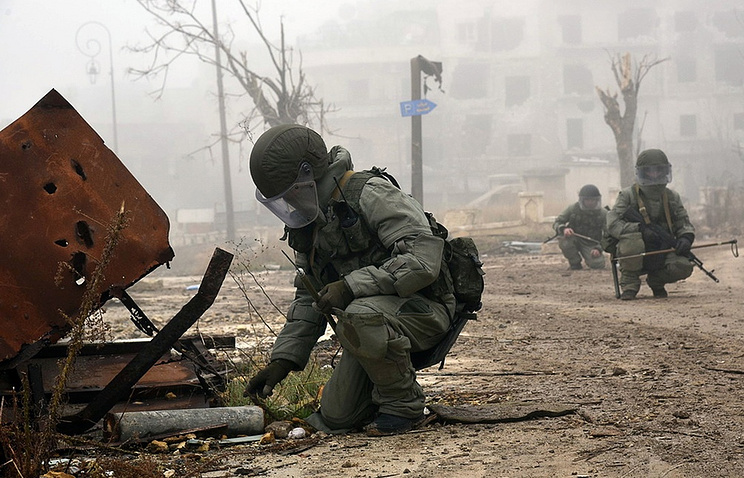
© Russian Defense Ministry's press service/TASS
MOSCOW - Russian military experts in chemical protection arrived in the city of Aleppo hours after militants launched a chlorine attack on residential districts of the city, the Russian Defense Ministry’s spokesman, Maj. Gen. Igor Konashenkov, told reporters on Sunday.
"Groups of specialists from units of nuclear, chemical and biological warfare protection deployed at observation posts in Syria urgently arrived to the area of the attack, carrying special equipment with them. They are working with the injured in hospitals, and monitor the environment in the area where toxic substances were used by militants," he said.
"According to initial information, confirmed, among other things, by symptoms diagnosed in those affected, the projectiles launched at residential districts of Aleppo were filled with chlorine," the Russian general added.
The official went on to say that the Russian side has earlier reported that the organization known as White Helmets was preparing to organize chemical provocations in the demilitarized zone around Idlib in order to accuse the government troops of using chemical weapons against civilians.
"It is quite evident that the White Helmets have direct ties to terrorist organizations operating in Syria, in particular in the Idlib de-escalation zone," he said.
Monitoring underway
The general also said that "Russian specialists closely monitor the situation around the Idlib de-escalation zone, which is the zone of responsibility of the Turkish side, in line with agreements."
"The Russian side is set to discuss this incident with the Turkish side, which is the guarantor of the armed opposition's cessation of hostilities in the Idlib de-escalation zone," Konashenkov said.
The Russian Defense Ministry spokesman said that, according to information obtained by the Russian Center for reconciliation of the opposing sides in Syria, terrorist groups located in the Idlib de-escalation zone opened fire at northwestern districts of Aleppo at 21:50 Moscow time on Saturday.
Mortar rounds, filled with toxic substances, presumably chlorine, landed on the Nil Street in the Al-Khalidiyah neighborhood. The projectiles were fired from positions in the southeastern section of the Idlib demilitarized zone, near the town of Al-Buraikat, controlled by militants of the Hay'at Tahrir al-Sham group (formerly Jabhat Al-Nusra, outlawed in Russia). 120-mm mortars were used in the attack.
"As a result of the shelling, 46 people, including eight children, suffered from exposure to a toxic agent. All victims were taken to hospitals in Aleppo, where they received medical assistance," Konashenkov said.
Earlier, the spokesman said that six special vehicles of Russia’s nuclear, chemical and biological warfare protection forces were deployed at Russian posts in the immediate vicinity of the Idlib demilitarized zone to regularly monitor the situation there.
2018-11-25 - Russian MoD confirms rebel use of chemical weapons in Aleppo
https://www.almasdarnews.com/article/russian-mod-confirms-rebel-use-of-chemical-weapons-in-aleppo/
Russian military chemists arrived in the Syrian city of Aleppo, at which militants fired shells filled with poisonous agents on Saturday, Russian Defense Ministry spokesman Maj. Gen. Igor Konashenkov told reporters on Sunday.
“Groups from the observation posts of the radiation, chemical and biological protection units with special equipment stationed in Syria arrived to the area of shelling urgently. They work with the injured taken to medical institutions, monitor the situation in the area where the militants used poisonous substances,” Konashenkov said.
The symptoms of those injured shows that most likely, the shells had been filled with chlorine, he added.
“According to preliminary confirmed data, in particular, by the symptoms of poisoned victims, the shells that were fired at residential areas of Aleppo had been filled with chlorine,” the spokesman said.
He stressed that earlier the Russian side had drawn attention to the fact that the White Helmets organization had been trying to organize provocations using chemical agents in the demilitarized zone around Idlib to accuse government forces of using chemical weapons against the local population.
“It is clear that the White Helmets are directly connected with terrorist organizations operating in Syria, and in particular, in the Idlib de-escalation zone,” he said.
Russian specialists conduct a thorough monitoring of the situation around the Idlib de-escalation zone, for which the Turkish side is responsible, Konashenkov said.
According to the information of the Russian Defense Ministry’s Center for Syrian reconciliation, at 21.50 on Saturday, terrorist groups located in the Idlib de-escalation zone fired 120-millimeter shells at the northwestern districts of Aleppo from the southeastern part of the demilitarized zone (near the village of Al-Buraykat, controlled by the militants of Hayat Tahrir Ash-Sham, former Nusra Front).
Shells filled with poisonous substances exploded in the area of Nile Street in the quarter of Al-Khalidia.
“As a result of the shelling, 46 people, including 8 children, received a chemical damage. All the victims were taken to medical institutions of the city of Aleppo, where they received medical assistance,” Konashenkov said.
2018-11-25 - Rebels deny chemical weapons attack, accuses gov’t of undermining ceasefire
https://www.almasdarnews.com/articl...attack-accuses-govt-of-undermining-ceasefire/

The Free Syrian Army (FSA) and their allies have denied firing chemical weapons into the provincial capital of Aleppo last night, despite being accused by both the Syrian and Russian governments of carrying out this deadly attack.
The military spokesperson for the opposition delegation at the Astana Conference, Yasser ‘Abdel-Raheem, mocked the accusations from the government, while denying that any rebel faction used these weapons.
Other rebel commanders like ‘Abdel-Salaam ‘Abdel-Razaq denied the accusations, calling the government’s claims ‘lies’.
The Russian Ministry of Defense has confirmed that the rebels did attack the provincial capital of Aleppo city last night; they are now sending personnel to investigate the claims of chlorine gas usage.
Breaking News: 25 November - Foreign Ministry: This terrorist act comes as result of facilitations provided by some countries to deliver chemicals to armed terrorist groups to use them against Syrian people and to accuse Syrian Government of that through plays previously plotted by intelligences of states backing terrorism.
Foreign and Expatriates Ministry sends two letters to UN Secretary General and Security Council’s President on the terrorist attack with toxic gases on neighborhoods in Aleppo City
25 November، 2018 - Foreign and Expatriates Ministry sends two letters to UN Secretary General and Security Council’s President on the terrorist attack with toxic gases on neighborhoods in Aleppo City.
Foreign Ministry: Syrian Arab Republic’s Government demands the Security Council to immediately and strongly condemn these terrorist crimes and to shoulder its responsibilities in preserving international peace and security through taking immediate deterrent and punitive measures against states and regimes backing terrorism
25 November، 2018 - Foreign Ministry: Syrian Arab Republic’s Government demands the Security Council to immediately and strongly condemn these terrorist crimes and to shoulder its responsibilities in preserving international peace and security through taking immediate deterrent and punitive measures against states and regimes backing terrorism.
Shamanov: OPCW should send mission to Aleppo after being targeted with chlorine by terrorists
25 November، 2018 - Shamanov: OPCW should send mission to Aleppo after being targeted with chlorine by terrorists

Moscow, SANA- Head of the Defense Committee at Duma Council Gen. Vladimir Shamanov said that the terrorist attack on Aleppo City with shells containing chlorine “should become the focus of attention by the international organizations, on top the Organization for Prohibition of Chemical Weapons (OPCW).”
“The OPCW should express a direct response to these events in Aleppo and shouldn’t be preoccupied with directing plays for the (White Helmets)…and they should immediately head for the site of these events, but it seems that they don’t do that,” Shamanov added.
The Russian Parliamentarian noted that the absence of a reaction by the OPCW towards this attack represents a “farcical and clear play for all which proves the bias of the international organizations which don’t implement their official duties, but they work according to political approaches, and this is what they shouldn’t do.”
He affirmed that not prosecuting the offenders increases the violations of law.
107 civilians suffer asphyxiation due to terrorist attack with toxic gases on Aleppo residential neighborhoods
25 November، 2018 - 107 civilians suffer asphyxiation due to terrorist attack with toxic gases on Aleppo residential neighborhoods.
Aleppo, SANA- Terrorist organizations positioned in Aleppo countryside fired shells containing toxic gases on the neighborhoods of al-Khalidyia, al-Neel Street and Jam’ayat al-Zahra in Aleppo City.
Chief of Aleppo Police Major General Issam al-Shilli said in a statement that terrorist groups on Saturday evening targeted residential neighborhoods in Aleppo City with explosive rocket shells that contain toxic gases.
Al-Shilli added that many cases of asphyxiation were reported among civilians who were transported to al-Razi Hospital and the University Hospital to provide the required treatment to them due to the corrosive substances which they smelt, indicating that the medical teams are following up the required measures to treat them.
Inspecting the process of providing treatment for the victims, Aleppo Governor Hussein Diab said that this attack reaffirms that the terrorist organizations possess toxic gases.
Diab called upon the international community to shoulder its responsibilities towards the civilians, particularly the children, the elderly and women.
For his part, Director of Aleppo Health Directorate Ziad Haj Taha said that 50 civilians including children and women suffered from asphyxiation due to the terrorist attack with shells that contain toxic gases on residential neighborhoods in Aleppo City.
He indicated that the number of civilian casualties in the attack is not final and it is expected to rise, adding that the gas used by terrorists is more likely to be the chlorine gas due to the symptoms shown by the hospitalized civilians.
Later, medical sources at al-Razi Hospital and the University Hospital said that 107 civilians were admitted to them as they were suffering from asphyxiation cases of various degrees ranging from light to medium and some of them were admitted to the intensive care units.
SANA reporter said that army units operating in Aleppo retaliated through targeting the areas from which the shells were fired, inflicting heavy losses upon the terrorists.
This attack on residential neighborhoods with shells containing toxic gases comes few days after local sources revealed that French terrorists arrived in Idleb through the borders with Turkey to supply missiles with toxic gases with the aim of using them inside the Syrian territories.
Syrianarabnewsagency
25 November، 2018 - At least 100 injured in chlorine attack in Syria’s Aleppo — TV
http://tass.com/world/1032383

© AP Photo/Hassan Ammar
MOSCOW, November 25. /TASS/. At least 100 people were injured as militants shelled residential districts of the Syrian city of Aleppo with chlorine-laden projectiles, the Al Mayadeen TV reported on Sunday.
Earlier in the day, the state-run SANA news agency said extremist armed groups fired shells loaded with chlorine at Aleppo on Saturday evening. A police source told Syria TV that the shopping area on the Nil Street, where citizens were strolling in the evening, came under fire. Earlier, reports about a chlorine attack came from the neighborhoods of Al-Khalidiyah and Jamiyat al-Zahr. Initial reports said at least 15 people were hospitalized with breathing troubles. The previous update said 60 people were affected, including three children.
Aleppo Health Directorate Chief Ziad Haj Taha said many lives were saved by Syrian servicemen, who promptly delivered victims to hospitals.
"So far, no one was discharged from hospital. Doctors continue treating those affected," he said. "The condition of two teenagers, who were earlier admitted to intensive care, has stabilized."
Aleppo Police Chief Maj. Gen Issam al-Shibli earlier blamed the attack on terrorists from the Jabhat Al-Nusra terrorist group (outlawed in Russia). He said the militants launched projectiles at city districts close to their positions. Artillery units of the Syrian armed forces shelled positions held by militants on Saturday night, the state-run Syria TV reported. According to the channel, many militants were killed or injured in the attack.
On Thursday, militant groups shelled western outskirts of Aleppo, injuring five civilians.
25 November، 2018 - Russian military specialists help Syrians injured in chlorine attack on Aleppo
http://tass.com/world/1032390
Russia is set to discuss this incident with the Turkish side, which is the guarantor of the armed opposition's cessation of hostilities in the Idlib de-escalation zone.

© Russian Defense Ministry's press service/TASS
MOSCOW - Russian military experts in chemical protection arrived in the city of Aleppo hours after militants launched a chlorine attack on residential districts of the city, the Russian Defense Ministry’s spokesman, Maj. Gen. Igor Konashenkov, told reporters on Sunday.
"Groups of specialists from units of nuclear, chemical and biological warfare protection deployed at observation posts in Syria urgently arrived to the area of the attack, carrying special equipment with them. They are working with the injured in hospitals, and monitor the environment in the area where toxic substances were used by militants," he said.
"According to initial information, confirmed, among other things, by symptoms diagnosed in those affected, the projectiles launched at residential districts of Aleppo were filled with chlorine," the Russian general added.
The official went on to say that the Russian side has earlier reported that the organization known as White Helmets was preparing to organize chemical provocations in the demilitarized zone around Idlib in order to accuse the government troops of using chemical weapons against civilians.
"It is quite evident that the White Helmets have direct ties to terrorist organizations operating in Syria, in particular in the Idlib de-escalation zone," he said.
Monitoring underway
The general also said that "Russian specialists closely monitor the situation around the Idlib de-escalation zone, which is the zone of responsibility of the Turkish side, in line with agreements."
"The Russian side is set to discuss this incident with the Turkish side, which is the guarantor of the armed opposition's cessation of hostilities in the Idlib de-escalation zone," Konashenkov said.
The Russian Defense Ministry spokesman said that, according to information obtained by the Russian Center for reconciliation of the opposing sides in Syria, terrorist groups located in the Idlib de-escalation zone opened fire at northwestern districts of Aleppo at 21:50 Moscow time on Saturday.
Mortar rounds, filled with toxic substances, presumably chlorine, landed on the Nil Street in the Al-Khalidiyah neighborhood. The projectiles were fired from positions in the southeastern section of the Idlib demilitarized zone, near the town of Al-Buraikat, controlled by militants of the Hay'at Tahrir al-Sham group (formerly Jabhat Al-Nusra, outlawed in Russia). 120-mm mortars were used in the attack.
"As a result of the shelling, 46 people, including eight children, suffered from exposure to a toxic agent. All victims were taken to hospitals in Aleppo, where they received medical assistance," Konashenkov said.
Earlier, the spokesman said that six special vehicles of Russia’s nuclear, chemical and biological warfare protection forces were deployed at Russian posts in the immediate vicinity of the Idlib demilitarized zone to regularly monitor the situation there.
2018-11-25 - Russian MoD confirms rebel use of chemical weapons in Aleppo
https://www.almasdarnews.com/article/russian-mod-confirms-rebel-use-of-chemical-weapons-in-aleppo/
Russian military chemists arrived in the Syrian city of Aleppo, at which militants fired shells filled with poisonous agents on Saturday, Russian Defense Ministry spokesman Maj. Gen. Igor Konashenkov told reporters on Sunday.
“Groups from the observation posts of the radiation, chemical and biological protection units with special equipment stationed in Syria arrived to the area of shelling urgently. They work with the injured taken to medical institutions, monitor the situation in the area where the militants used poisonous substances,” Konashenkov said.
The symptoms of those injured shows that most likely, the shells had been filled with chlorine, he added.
“According to preliminary confirmed data, in particular, by the symptoms of poisoned victims, the shells that were fired at residential areas of Aleppo had been filled with chlorine,” the spokesman said.
He stressed that earlier the Russian side had drawn attention to the fact that the White Helmets organization had been trying to organize provocations using chemical agents in the demilitarized zone around Idlib to accuse government forces of using chemical weapons against the local population.
“It is clear that the White Helmets are directly connected with terrorist organizations operating in Syria, and in particular, in the Idlib de-escalation zone,” he said.
Russian specialists conduct a thorough monitoring of the situation around the Idlib de-escalation zone, for which the Turkish side is responsible, Konashenkov said.
According to the information of the Russian Defense Ministry’s Center for Syrian reconciliation, at 21.50 on Saturday, terrorist groups located in the Idlib de-escalation zone fired 120-millimeter shells at the northwestern districts of Aleppo from the southeastern part of the demilitarized zone (near the village of Al-Buraykat, controlled by the militants of Hayat Tahrir Ash-Sham, former Nusra Front).
Shells filled with poisonous substances exploded in the area of Nile Street in the quarter of Al-Khalidia.
“As a result of the shelling, 46 people, including 8 children, received a chemical damage. All the victims were taken to medical institutions of the city of Aleppo, where they received medical assistance,” Konashenkov said.
2018-11-25 - Rebels deny chemical weapons attack, accuses gov’t of undermining ceasefire
https://www.almasdarnews.com/articl...attack-accuses-govt-of-undermining-ceasefire/

The Free Syrian Army (FSA) and their allies have denied firing chemical weapons into the provincial capital of Aleppo last night, despite being accused by both the Syrian and Russian governments of carrying out this deadly attack.
The military spokesperson for the opposition delegation at the Astana Conference, Yasser ‘Abdel-Raheem, mocked the accusations from the government, while denying that any rebel faction used these weapons.
Other rebel commanders like ‘Abdel-Salaam ‘Abdel-Razaq denied the accusations, calling the government’s claims ‘lies’.
The Russian Ministry of Defense has confirmed that the rebels did attack the provincial capital of Aleppo city last night; they are now sending personnel to investigate the claims of chlorine gas usage.





